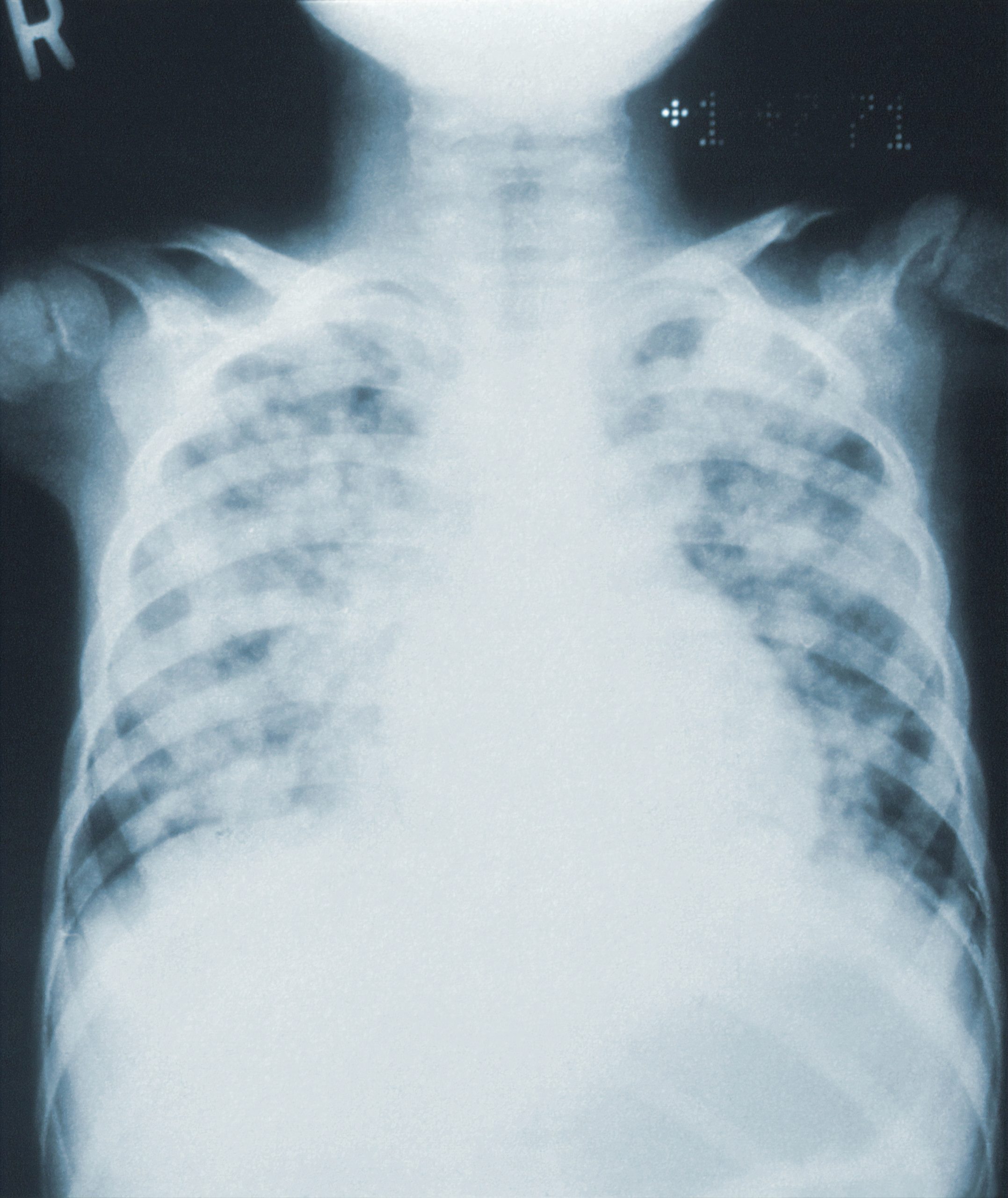Early lung cancer detection saves lives. A lung cancer screening means that the doctor tests you for lung cancer even without signs of it. Many times, lung cancer reaches a stage where doctors can’t do anything for the patient. Lung cancer screenings hope to diagnose and treat the disease in its infant stages.
People who should have a screening done include:
- People with a history of chain-smoking.
- Those who smoke or have quit within the last 15 years.
- People between the ages of 55 and 80 years old.
Anyone with a history of heavy smoking, which means longer than 30 years, should have occasional screenings.
What to Expect
First, speak with your doctor to learn if you meet the high-risk category. They will look at criteria like age, smoking history and other risk factors. The LDCT screening has many similarities to other tests like colonoscopies and mammograms. Remember that screening doesn’t mean that your doctor believes you have it. Instead, he wants to catch it early if you did have it. Before the screening begins, they will ask you if you want to have a screening done.
Next, the doctor prepares you for it by discussing what will happen during the screening. Screening tests that prove abnormal will mean that you have more tests done. Even if the doctor finds nothing during the screening, they may request that you have one done annually.
If anything looks suspicious, the doctor will order further testing through a PET scan or biopsy. This determines if you have cancer. Results that test positive for cancer will mean that the doctor opts for treatment, such as radiation, immunotherapy, surgery and targeted therapies.
Preparation for the LDCT Scan
You can prepare for the LDCT scan easily because it doesn’t require much. Important to note, however, the radiation from LDCT scans can eventually cause cancer in otherwise healthy people. If you have a respiratory infection, report it to your doctor because this can throw off the reading.
During the screening, the doctor will request that you remove all metal from your body. Having the scan done takes less than a minute. They may request that you hold your breath during that time.
How Do They Perform a Lung Cancer Screening?
The LDCT scan will use multiple experts to ensure that they catch the cancer if it exists. Medical experts who will help include:
- Oncologists
- Radiologists
- Pulmonologists
- Thoracic surgeons
- Primary care doctors
- Pathologists
During the screening, images will be taken of your lungs. This process is not invasive or painful in any way.
Screening No Substitute for Quitting
Some people have the mistaken assumption that they can have the screening done, and this will prevent lung cancer. They can continue smoking without a problem. Let’s put it this way: if you knew that a bomb was going to go off, would you let the bomb blow up even if it only did a little damage? Once lung cancer kicks off, even early-stage lung cancer isn’t a guarantee that it won’t kill you.
Lung cancer screenings have their benefits, but they also have some negatives. For example, they can give you false positives. Because of that, doctors perform multiple tests to ensure that the patient truly has lung cancer. You also have non-smokers suffering from lung cancer, and this could be because of secondhand smoke, asbestos exposure or radon exposure.
In cases with radon exposure, if you weren’t a smoker and you developed lung cancer, you may have a case for a lawsuit. You should speak with a lawyer to understand the legal proceedings for a case.



 Bitcoin
Bitcoin  Ethereum
Ethereum  Tether
Tether  XRP
XRP  Solana
Solana  USDC
USDC  TRON
TRON  Cardano
Cardano  Lido Staked Ether
Lido Staked Ether  Avalanche
Avalanche  Toncoin
Toncoin